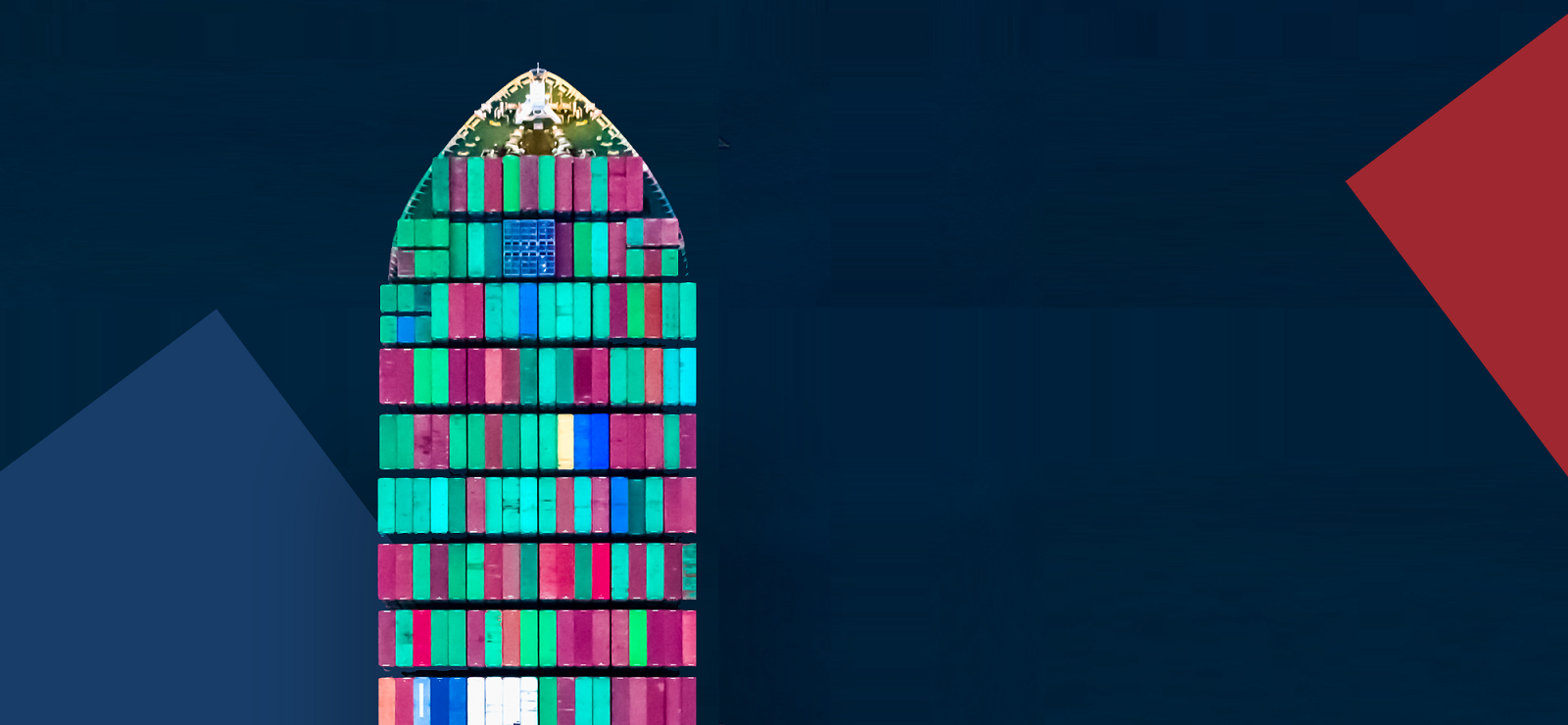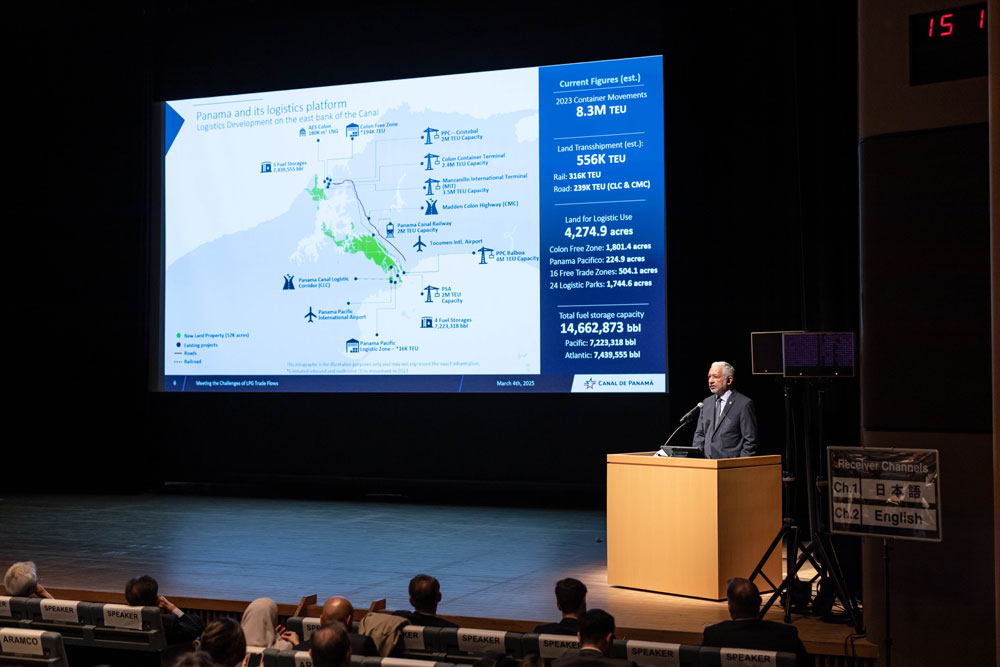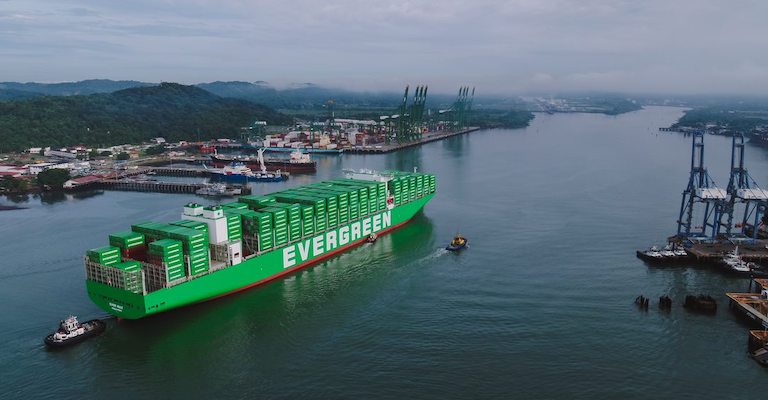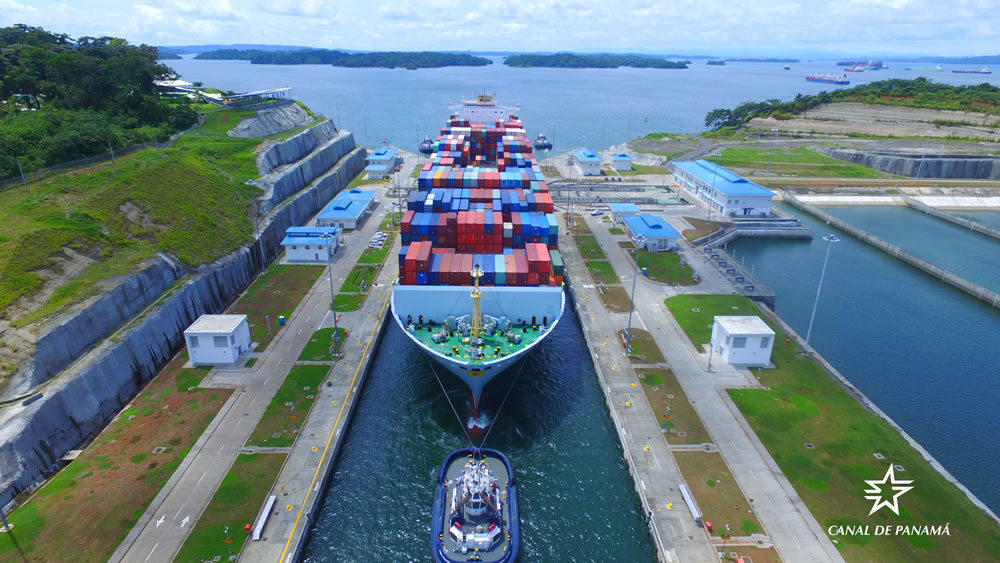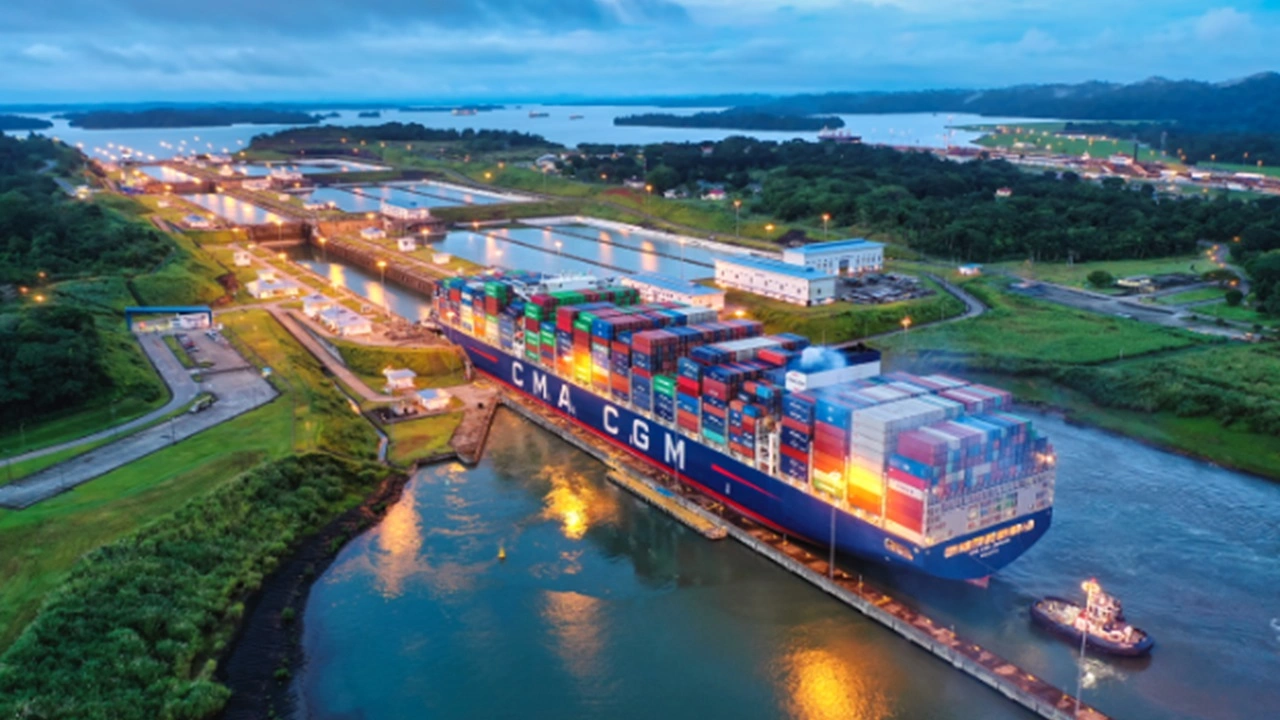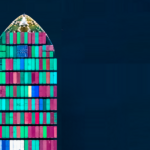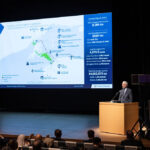The Panama Canal Board of Directors has approved —under Resolution No. ACP-JD-RM 25-1542— the necessary resources for the construction of a new lake in the middle course of the Indio River Watershed. This is part of the Water Projects Program, created to guarantee water supply for over 50% of the country’s population, nearby communities, and Canal operations, as well as to foster other productive activities across the country. This project is a key element in Panama’s comprehensive solution for the water challenge, significantly increasing the storage capacity of this vital resource. It serves as a safety measure against future droughts, such as those experienced during 2023-2024. Furthermore, it represents a significant step towards Canal sustainability, reliability, and competitiveness, for the benefit of all Panamanians and global trade. The resolution includes fund allocation for compensation, resettlement, and support for families and property owners who may be affected by the project. Following the best worldwide social and environmental practices, this process will be carried out in a fair and timely manner, while guaranteeing informed community participation. Planned to be built in approximately six years, the project will become one of the decade’s most significant public investments, generating substantial nationwide employment and contributing to the country’s economic growth and prosperity. Also, the Resettlement and Livelihood Restoration Plan will be developed with a focus on respecting the rights, culture, and traditions of the families involved, promoting their sustainable well-being. A crucial element of the resettlement plan is the detailed survey of all families living in the area, for which a census was initiated in August 2024 and set to be completed by April 30, 2025. This baseline survey allows the Panama Canal to better identify resident families and develop compensation processes. Following this approval, Canal teams have begun informative meetings with watershed communities to explain the resolution’s content, the importance of census participation before the set deadline, and the residents’ involvement and contribution priorities in developing the Resettlement and Livelihood Restoration Plan. These meetings include house visits and gatherings with the entire community, with ongoing assistance provided at the six Community Relations Offices strategically located in the territory. The Resolution has been made available to the public at https://pancanal.com/registros-del-canal/. Rio Indio: A national interest project with an important local development impact
Author: adminrozo
Panama Canal Administrator Ricaurte Vásquez Morales participated as a speaker at the International Liquefied Petroleum Gas (LPG) conference ‘Facing the Challenges of LPG Trade Flows’”, held this week in Tokyo, Japan. The March 3-5 event brought together leading industry experts and executives to discuss the future of the LPG sector, trade flows and sustainability initiatives. During his participation, the Canal Administrator highlighted the Panama Canal’s key role in the global transportation of LPG and its importance in world maritime trade. He also provided an update on current trends, operational strategies and the measures the Canal is implementing to ensure reliable, efficient and sustainable service in the context of global trade challenges. The seminar was also attended by key industry leaders and experts, including Hajime Wakuda, Director General of the Department of Natural Resources and Fuels, Japan Agency for Natural Resources and Energy (METI), Keiji Tanaka, President of the Japan LP Gas Association, and James Rockall, Director of the World Liquefied Gas Association. During the forum, discussions focused on LPG supply and demand, market dynamics, infrastructure development and the industry’s path towards a carbon neutral society. Dr. Vásquez Morales emphasized that the Panama Canal will continue to play a crucial role in world trade, balancing the demands of an evolving industry with the need for sustainable environmental management. The Canal Administrator’s participation underscores the strategic role of the interoceanic waterway in facilitating the transportation of energy resources worldwide. The insights shared at the event reinforce the importance of international collaboration to guarantee efficient and sustainable LPG trade flows.
The administrator of the Panama Maritime Authority (AMP), Luis Roquebert, participated in the ceremony marking the start of construction of the Puerto Barú multipurpose marine terminal, located in the province of Chiriquí. This ambitious project seeks to enhance the region’s port and logistics infrastructure, with a positive impact on various sectors. Roquebert highlighted the AMP’s commitment to this initiative, emphasizing its importance for the Chiriquí economy. “We support this infrastructure, which will boost the competitiveness of the agricultural sector, promote sustainable tourism, and strengthen the country’s maritime connectivity,” he stated. The administrator also noted that the next key step will be the selection of an operator that maximizes the port’s potential, aligned with the AMP’s strategic plan. “This project will position Panama as a global leader in the maritime, port, and logistics sectors, through first-class infrastructure and innovative services,” he added. The project is based on three pillars: eco-environmental tourism, agribusiness, and logistics. It is expected to create more than 1,200 direct jobs during the construction phase, 900 jobs during its operation, and 600 indirect jobs, benefiting more than 10,000 families in the Chiriquí district and the David district. Ismael González, general manager of Puerto Barú, explained that the project, under development since 2020, seeks to transform the city of David into a world-class logistics hub. “David will be completely transformed with this terminal, taking advantage of its strategic location near the Pan-American Highway, Enrique Malek Airport, Paso Canoas, Boquete, Tierras Altas, and the Ngäbe region. This port will also be the first green port in the country, meeting the highest environmental standards,” stated González. The Puerto Barú multipurpose marine terminal will be a catalyst for Panama’s western region, attracting investment, strengthening trade, and positioning Chiriquí as a benchmark for sustainable infrastructure and economic development.
The first neo-panamax containership has been forced to unload cargo to transit the Panama Canal as the authorities battle an intense water shortage. With the largest boxship to transit the canal Ever Max having to unload part to use the waterway last week, and limits on vessel numbers, the Panama Canal could see a $200 million dip in earnings in 2024. The Panama Canal is facing intense water shortage caused by climate change and the El Niño phenomenon. The lack of rainfall in the Canal watershed, even in full rainy season, is threatening to dry up the canal lakes, and the Panama Canal Authority (ACP) must quickly find solutions to remain a reliable route for international liners, Panama Canal Administrator Ricaurte Vasquez said last week. The ACP Board of Directors is still discussing which projects may be viable to present to the Executive and how to address the water issue. One of them, is the possibility of building a water reservoir in Rio Trinidad, to supply the Canal and thus lower the pressure on the already depleted Madden Lake for its expansion, he added. Last month, the ACP extended restrictions on the maximum depth for ships and limited average transit to just 32 vessels per day due to the abnormally dry weather As an example of the on-going crisis at the waterway, and just last week, the Canal experienced the need to move cargo overland from the largest vessel that ever used the waterway, Evergreen’s Ever Max a 17,312-teu container vessel. The Ever Max is the first neo-panamax forced to unload cargo to be able to transit the Canal. The Singapore-flagged vessel had to unload 1,400 teu at the port of Balboa to meet the current draught restrictions transiting the waterway with 43 feet draught and 13,345 teu onboard. The containers were loaded on the railway to Colon, for the vessel do a light transit, and then reloaded on the Atlantic side to continue her route to Savannah, Georgia, after paying $1.5 million in tolls. The Ever Max incident showed how climate change can dramatically affect the waterway operations, raising the potential for alternative routes.
A former United States official has praised a new executive decree from Panama that is set to strip maritime vessels of their domestic licences and registrations if they face global sanctions. On Tuesday, John Feeley, who served as the US ambassador to Panama from 2015 to 2018, told Al Jazeera the move was a “welcome step by Panama’s new government, which is working hard to improve the business climate”. US official hails Panama decree to strip sanctioned ships of registration Stricter registration policies from Panama, the world’s largest ship registry, come amid a push to crack down on oil smuggling. A former United States official has praised a new executive decree from Panama that is set to strip maritime vessels of their domestic licences and registrations if they face global sanctions. On Tuesday, John Feeley, who served as the US ambassador to Panama from 2015 to 2018, told Al Jazeera the move was a “welcome step by Panama’s new government, which is working hard to improve the business climate”. Panama — home to one of the busiest maritime shipping routes in the world, the Panama Canal — also boasts the largest ship registry since 1993. But the country has faced a growing Western push to crack down on illicit trades like oil smuggling, particularly from Iran and Russia. “There are basically just a few big registries in the world,” Feeley told Al Jazeera. “The international maritime authorities, as well as the US government and the European Union member states watch them closely… Reputation risk is at play.” Protecting ‘prestige’ of Panama In response to the pressure, Panama’s President Jose Raul Mulino issued an executive decree on October 18 that would revoke the national registration of maritime vessels if they were sanctioned by the US, the United Kingdom, the United Nations Security Council or members of the European Union (EU). The decree explicitly said that such sanctions “may affect the prestige and reputation of the Panamanian flag”. “In order to maintain a Panamanian Vessel Registry free of international sanctions”, the decree explained, “it is considered necessary to establish a regulatory framework that allows the immediate cancellation of the registry of those vessels”. The Panama Maritime Authority (PMA) has been charged with carrying out any registry cancellations. Feeley told Al Jazeera there are immediate consequences for ships that lose their licences.
The severe drought suffered by the Panama Canal has resulted in a sharp drop in transits for the Fiscal Year ended 30 September 2024. The Panama Canal Authority (ACP) reported a 29% drop in the number of transits during Fiscal year 2024 (October 1, 2023-September 30, 2024) to 9,936 transits, compared to 12,638 vessel transits during the same period last year as a prolonged dry season and severe drought limited navigation. The severe drought saw the ACP introducing restrictions to draught and transit numbers for the Canal through much of 2023 which at their worst in late 2023 (the first quarter of FY2024) the number of daily transits cut to just 22 compared to 36 normally. Restrictions started to be eased from 16 January 2024 and conditions gradually returned to normal over the coming months. The annual figures show that the container ship sector was the least affected in terms of numbers of transits, but many other sectors such as gas carriers and dry bulk seeing significant reductions numbers There were 2,852 transits via the neo-Panamax locks in FY24, down 21% year on year. Container ships dominated neo-Panamax locks transits with the number increasing slightly, by 36 transits or 2% compared to FY23. The very large gas carriers, second user of the neo-Panamax locks, dropped by 165 transits or 17%. The third largest, LNG, fell sharply to 214 transits or 66% drop. The container ship, VLGC and LNG carrier segments increased their dominance of traffic in the neo-Panamax locks to 95% in FY2024 compared to 84% in FY2023. There were 428 fewer neo-Panamax transits in non-container/VLGC/LNG segments in FY24 than in FY23, a severe decline of 74% compared to FY 2023. Transits in the Panamax locks were down 32% at 7,084 compared to FY 2023. The dry bulk segment was the most affect falling by 46% and chemical tankers by 17%, general cargo by 45% and refrigerated carriers by 20%. In addition, the Canal Authority announced the implementation starting 1 October of the new methodology of Long-Term Quota Allocation for all market segments, except for Liquefied Natural Gas (LNG) and Liquefied Petroleum Gas (LPG). The introduction of this method, as part of the booking system, was developed to increase transit security and flexibility, said the ACP at the time.




